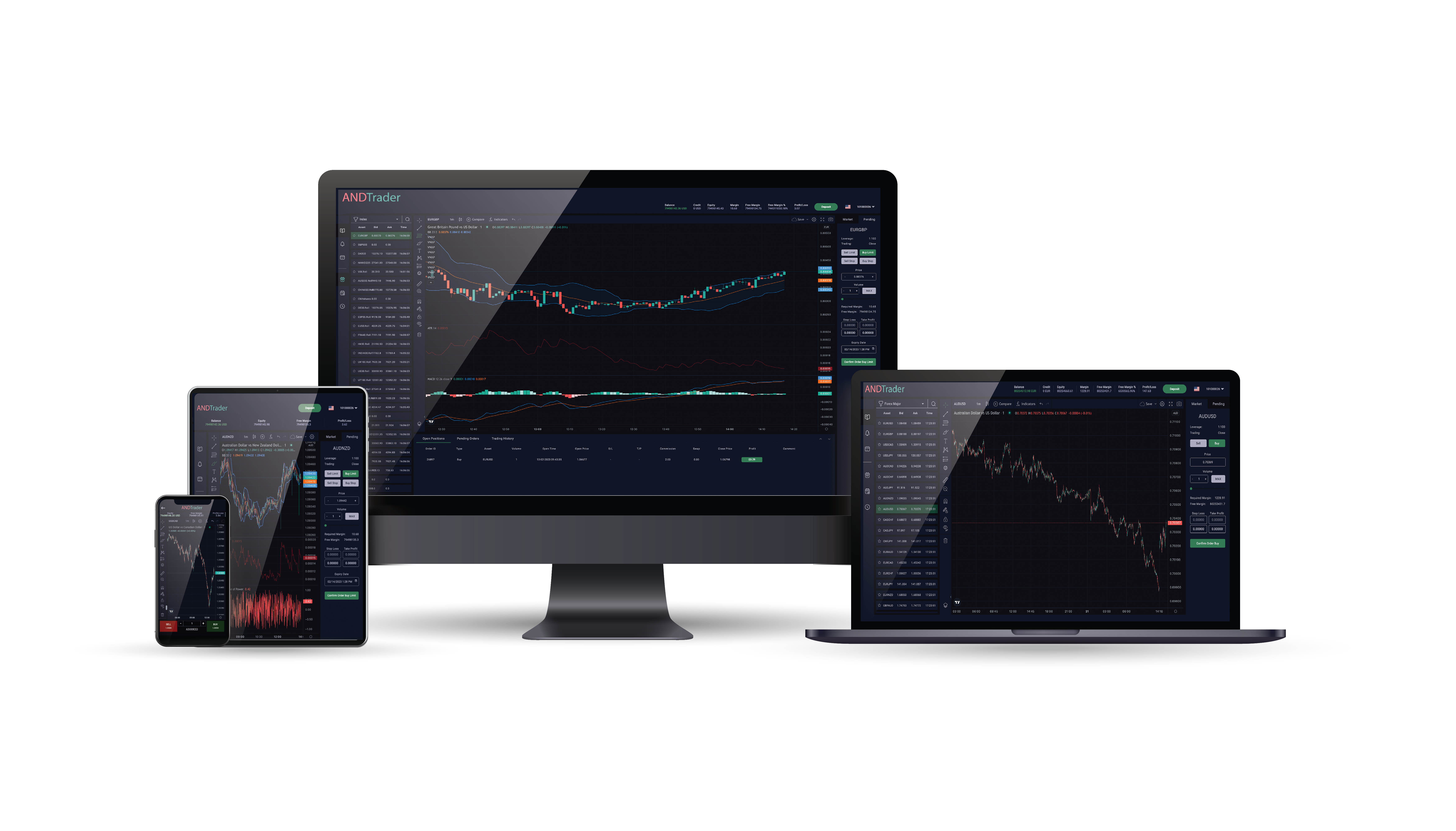Foreign exchange, or forex, may be defined as a network of
buyers and sellers who exchange currencies at a set rate. If you
have ever been overseas, it's probable that you have engaged in
some type of forex transaction. It is the process through which
people, businesses, and central banks change one currency into
another.
In contrast to dealing in shares or commodities, forex trading
occurs directly between two parties in an over-the-counter (OTC)
market. A worldwide network of banks that are dispersed across
four significant forex trading hubs in various time
zones—London, New York, Sydney, and Tokyo—run the forex market.
You can trade FX whenever you want because there is no central
hub.
The first currency specified in a forex pair is
referred to as the base currency, and the second currency is
referred to as the quote currency. The price of a forex pair is
the amount one unit of the base currency is worth in the
quotation currency. As selling one currency to acquire another
is a constant component of forex trading, it is quoted in pairs.
Each of the two currencies in the pair is identified by a
three-letter code, which typically consists of two letters
denoting the area and one letter denoting the currency. For
instance, the currency pair GBP/USD entails purchasing the
British pound and selling the American dollar.
The
base currency in the example below is GBP, while the quotation
currency is USD. A pound is worth 1.35361 dollars if the GBP/USD
exchange rate is 1.35361.
The price of the pair will climb if the value of the pound
relative to the dollar rises, making one pound worth more
dollars. The price of the pair will fall if it does. So, you can
purchase the pair if you believe that the base currency in a
pair will likely strengthen versus the quotation currency (going
long). Selling the pair is an option if you anticipate a decline
(going short).
Forex trading can be done in many different ways, but it always
involves simultaneously purchasing one currency and selling
another. Although many forex transactions were previously
carried out through a broker, the growth of internet trading has
made it possible to profit from changes in the exchange rate
utilizing derivatives like CFD trading.
Because CFDs
are leveraged products, you can start a position for a small
portion of the total trading value. In contrast to non-leveraged
goods, you don't really own the asset; instead, you stake a bet
on whether you believe the market will increase in value or
decrease. Leveraged products can increase your earnings, but if
the market goes against you, they can also increase your losses.
For a currency pair, the spread is the distinction between the
quoted buy and sell prices. When you open a forex position,
you'll be given two prices, just as in many other financial
markets.
Lots are groups of currency that are used to
standardize currency exchange deals. A normal lot is 100,000
units of the base currency since forex moves in very tiny
increments. So, practically all forex trading is leveraged since
individual traders may not always have 100,000 pounds (or the
currency they are dealing) to invest on every trade.
ACISEU stands out with its ability to present different markets
on a single platform with its enhanced technical and fundamental
analysis features as well as its enriched trading functions.
Successful
transactions in financial markets are possible with a
well-equipped and multi-functional trading platform.
DIFFERENT
MARKETS ON A SINGLE PLATFORM
MARKET DEPTH
FLEXIBLE
TRADING HOURS
PROFESSIONAL IN TECHNICAL ANALYSIS
